Like many neighborhoods, Prince’s Bay on the south shore of Staten Island is not immune to etymological confusion. Say the name quickly, and it sounds like Princess Bay, which “for reasons unknown” may have been the neighborhood’s original name.
A popular theory claims that the name refers to the well-coiffed William, Prince of Orange, who became king of England in 1689.
Looking at old maps or newspaper accounts, the apostrophe is optional, as is the “s.” An official-looking welcome sign at the neighborhood’s border says Prince’s Bay, so I’m sticking with that.
OYSTERS
While there may be some debate concerning the neighborhood’s name, Prince’s Bay’s reputation as the source of some of the finest-tasting oysters is undisputed.
In the 19th century, the waters of New York Harbor contained nearly half of the oysters on the planet. Oyster beds lined the shores of Manhattan, Brooklyn, and Queens and extended up the Hudson River as far as Ossining, 26 miles away. The oysters found in the shallow waters of Raritan Bay were “large, fat, and of superlative quality,” and the briny bivalves of Prince’s Bay, bathed in the salutary waters of Lemon Creek, were in particularly high demand. Prince’s Bay oysters showed up on menus at the finest restaurants in New York and London.
Ironically, the famed shellfish were not even local. Millennia of foraging had depleted the local oyster population to the point that by the early 1800s, seed oysters had to be brought in from Long Island and the Chesapeake Bay to guarantee a consistent harvest.
Every spring, schooners from Staten Island would set sail for Maryland and return with up to 5,000 bushels of immature oysters. Often, the captains would hire locals to make the journey back north with them to help clean and reseed the Prince’s Bay beds.
Sandy Ground, in nearby Rossville, was settled by free Black oystermen from Maryland who had come up to help with the reseeding and decided to stay permanently.
During harvest season, they would make the daily two-mile walk to Prince’s Bay, where they would collect oysters by scraping the beds with long, scissor-like wooden rakes known as tongs.
The drawbacks of dumping millions of gallons of raw sewage into the harbor became apparent after several cases of typhoid were directly traced to the consumption of local oysters. In 1927, the last oyster beds in the city were shut down.
BEGIN THE SEGUINE
The Seguine family was one of the big names in the oyster bedding industry. Around 1780, James Seguine purchased a large piece of land on the edge of Raritan Bay. Then, in 1838, his grandson Joseph built a Greek Revival-style house that still stands today. As if building sumptuous Greek Revival residences, overseeing the family's oyster harvesting operation, and running the largest salt hay farm in Richmond County weren’t enough, Joseph Seguine also operated a palm oil and candle-making manufacturing plant on his property.
The Seguine Mansion is today known as the Seguine-Burke Mansion, renamed after George Burke, who bought the neglected home in 1981. Burke grew up playing with the Seguine sisters and, undeterred by the hole in the roof, the crumbling walls, and the rotting floorboards, jumped at the chance to buy the home from the family. It took him five years of work and sixty gallons of paint to restore the house to its former glory.
In 1989, Mr. Burke sold the house to The Historic House Trust of New York City, a city agency controlled by the Parks Department, with the caveat that he be allowed to live there until he died.
The Factory by the Sea
For reasons I don’t quite understand, New York oysters don’t produce pearls. In the 1890s, however, Staten Island’s largest employer was in the pearly white preservation business. In 1865, the Johnston Brothers bought the former Seguine palm oil plant and converted it into a dental supply factory. In 1881, the Johnstons merged with denture kingpin Samuel Stockton White, forming the rather aryan-sounding S.S. White Dental Manufacturing Company.
The S.S. White Dental Manufacturing Company was the world’s largest manufacturer of dental products, covering any and all oral hygiene needs. At its peak, over 1,900 employees worked for the company, churning out everything from dental chairs and dentures to toothpaste and drills. They even sold laughing gas.
The dental plant closed in 1972 and reopened as the Prince’s Bay Trade Mart, which included a small music venue called The Factory. Bands like the Ramones, Iggy Pop, and Twisted Sister all played shows there.
While I have no way of proving it, I suspect Twisted Sister frontman Dee Snyder may have been paying homage to the factory’s former tenants when he decided to have his front teeth filed to points.
In addition to The Factory, the complex featured an eclectic assortment of stores like the Abracadabra Knitting Nook, Tom's Muzzle Loading Supplies Inc., Barb's World of Ceramics, and Horses Sash Factory Outlet.1 While one would think that a lineup like that would make the mall a huge success, it struggled to attract customers. By 1980, only 40 of the original 100 businesses remained, and in 1982, the Factory Center was closed.
THE NATURE OF CITIES
When I recently visited Prince’s Bay, I was not prepared for the sheer abundance of flora and fauna I would encounter, and I have the bug bites to prove it.
According to the New York Department of State, Lemon Creek, the only undisturbed tidal wetland area on the south shore of Staten Island, includes the island’s only tidal freshwater marsh. That makes it the hot destination for migrating birds like Green-backed herons, Black-crowned night herons, clapper rails, and belted kingfishers, who flock to the south shore estuary to see and be seen. This orinthological Ibiza is also popular with winter vacationers like hooded mergansers, scaups, and canvasbacks. And let’s not forget my personal favorite, the buffleheads.
The hordes of blood-drunk mosquitos merrily gorging themselves on my exposed, DEET-free skin did nothing to diminish the experience of getting dive-bombed by an angry osprey displeased with my proximity to its nest.
While I mentally ran through the early warning symptoms of West Nile, I was treated to the sight of a pair of juvenile herons attacking each other in the silty mudflats of Lemon Creek. Closer to the bay, as the sun began thankfully slipping below the horizon, I sat and watched a succession of terns plunge into the shallow water, resurfacing with their beaks full of mackerel and silversides.
PEACOCK
Then, there were the peacocks. Staten Island is justifiably famous for its out-of-control turkey population, an insoluble problem that has some frustrated residents resorting to violence. Just this past spring, a Prince’s Bay man was caught on video assaulting a turkey with a baseball bat. I’ve seen hundreds of turkeys in Staten Island but never peacocks, let alone an ostentation of them.
I was walking around the neighborhood near the Seguine-Burke Mansion and heard what sounded like a large, somewhat distressed cat coming from the vicinity of an abandoned lot. As I got closer to take a look, I realized that sitting atop a mound of dirt was not a perturbed tabby, but rather a large, preening peacock.
It’s a good thing I ignored my instincts to Google “peacock attacks” because learning about the fate of former peacock enthusiast Vichai Thongto would have definitely discouraged me from getting any closer. During a feeding, one of Vichai’s peacocks, who must not have been happy with the day’s lunch offerings, sunk his talons deep into his owner’s head. Vichai began suffering headaches and fell into a coma. He died of a blood clot in his brain shortly thereafter.
Had I read that story, I probably would have made a hasty retreat and missed an impressive plumage display. Male peacocks typically fan their feathers and shake them in a move called train rattling to attract a mate. In this case, the fanning was used to entice a neighborhood kid into sharing his Cracker Jacks. If only Vichai had put Cracker Jacks on the menu.
I soon learned that this wasn’t the only peacock in Prince’s Bay. The neighborhood was, in fact, lousy with them. George Burke had imported the birds as part of his renovation, and, at last count, there were 17 of the caterwauling show-offs strutting around the neighborhood.
Purple Martins
The birds I had actually come to see were the purple martins.
Like Brown rats, bedbugs, and cockroaches, purple martins are synanthropes, species that prefer to dwell in close proximity to humans. Unlike the other creatures in that list (unless you’re some kind of sick freak), humans actually encourage purple martins to live close by, constructing mini-martin neighborhoods filled with elaborate tiny Victorian homes with arched windows and gabled roofs.
There is a whole subculture of “purple martin landlords” who build and maintain these homes in hopes of luring North America’s largest swallows to their neighborhoods. The collection of houses adjacent to Lemon Creek, started by historian and naturalist Howard H. Cleaves in the 1950s, is the only purple martin colony in NYC.
Each spring, 9.3 million other purple martins make the journey from South to North America, returning to roost in their same colonies and even their same houses. The Prince’s Bay martins come from city parks around São Paulo.
Unfortunately, a recent study found that nearly 90% of Martin landlords were 50 years of age or older (shocker) and that younger generations were not “exhibiting the same enthusiasm”.2
If there are any curious potential landlords out there, here is a link to the the Purple Martin Conservation Association.
SIGHTS AND SOUNDS
This week’s field recording features purple martins, peacocks, a buoy bell, and some kids chasing fireflies.
FEATURED PHOTOGRAPH
There was a time when I thought I would embark on a project to photograph every island in the NYC archipelago, an endeavor with a considerably smaller scope than this one but a much higher degree of difficulty. I even went so far as to buy a kayak from my old boss, photographer, and noted waterman, Joel Meyerowitz. Then I started reading about the treacherous currents of Hell Gate in the East River and quickly put the idea (and the kayak) on the shelf.
Actually, it wasn’t just the currents. In the interim, I had come across the work of photographer Accra Shepp, whose brilliant project “The Islands of New York” had already covered the same territory. I like how he keeps the borders visible in these large-format panoramas, especially in the below image from Prince’s Bay, where the borders function as part of the composition.
I want to be transparent in the way the camera reconstructs the landscape
Here is a (gift) link to a write-up on the project in the NY Times, which includes more of his work.
Shepp is represented by Steven Kasher gallery.
ODDS AND END
King William the III died after being thrown off his horse who had tripped on a molehill. For years after, his enemies, the Jacobites, would raise their glasses and toast to “the little gentleman in the black velvet waistcoat.” Try that out at your next dinner party and report back here.
Purple martin flocks can be so large that when they take off, they are detected on Doppler radar as rings. These roost rings gradually grow until the birds have spread out and the ring disappears.
Sergius Orata was an Ancient Roman (circa 95 BC) who is credited with inventing oyster farming. Not one to rest on his laurels, he also invented underfloor heating. The hypocaust was a hollow space built underneath the floor of a room or bath heated by a furnace.
Of all the rabbit holes my research took me down this week - oyster farming, peacock mating rituals, and turn-of-the-century dental apparatuses - the Dee Snider rabbit hole was my favorite. His interviews on the David Letterman show and, in particular, his testimony at the Senate hearing for putting ratings and warning labels on records are legendary. John Denver and Frank Zappa also gave great, considered testimonies, but Dee, in a denim vest, tight jeans, and extremely teased hair, was legendary in his takedown of the Parent Music Resource Center (PMRC) and Tipper and Al Gore.
Bonus recursive rabbit hole content: TIL Tipper Gore sat in on drums with both the Grateful Dead and Herbie Hancock. 🤯
https://www.nytimes.com/1976/03/10/archives/about-real-estate-factory-eluding-doom-transformed-to-trade-mart.html
https://marylandnature.wildapricot.org/event-4324164#:~:text=One%20study%20found%20that%20nearly,martin%20housing%20for%20the%20species.










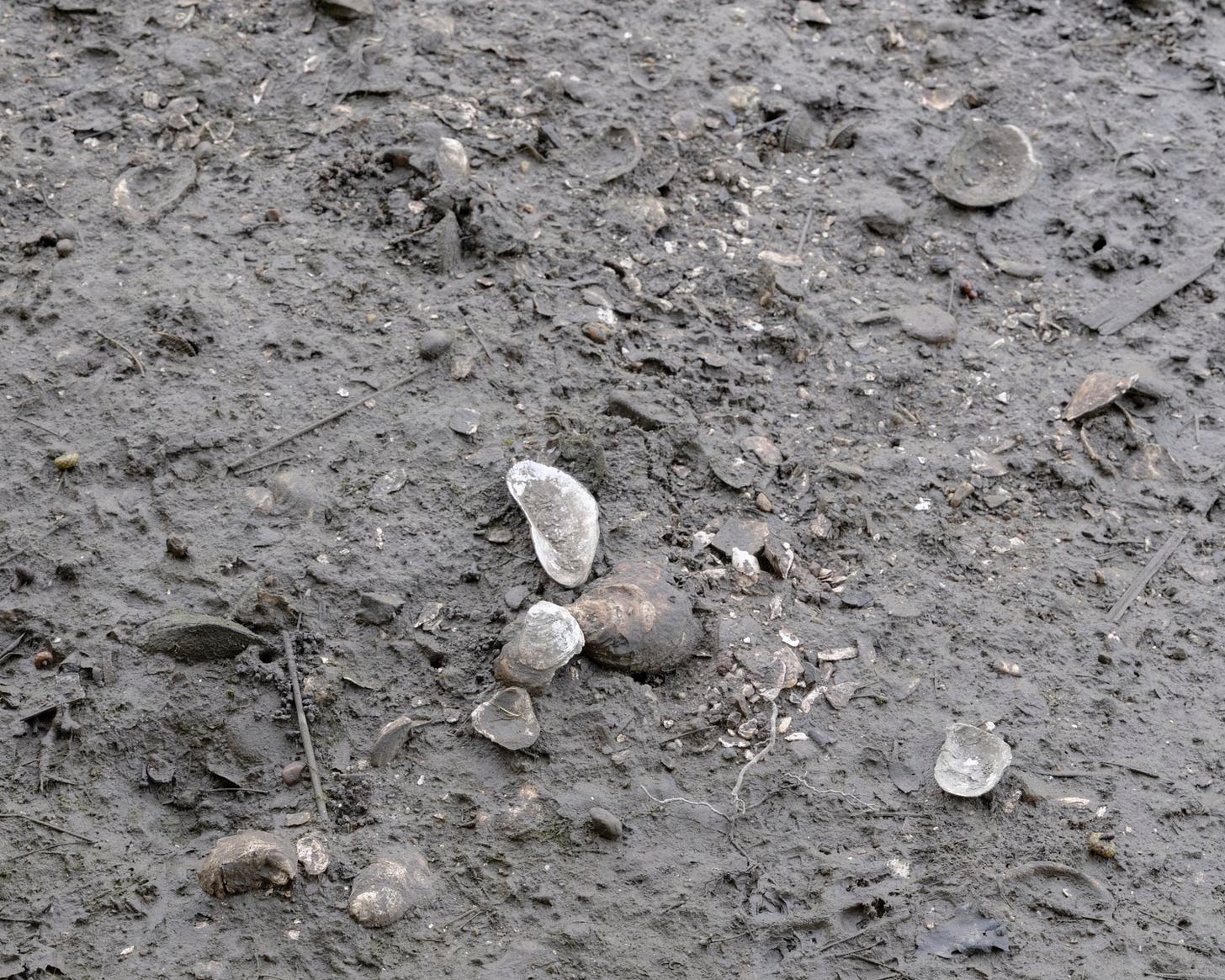
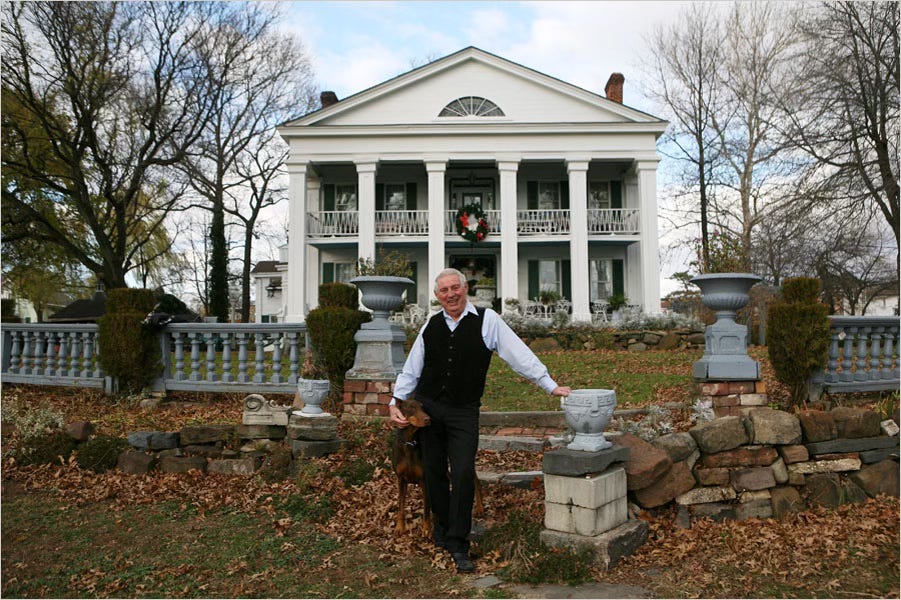
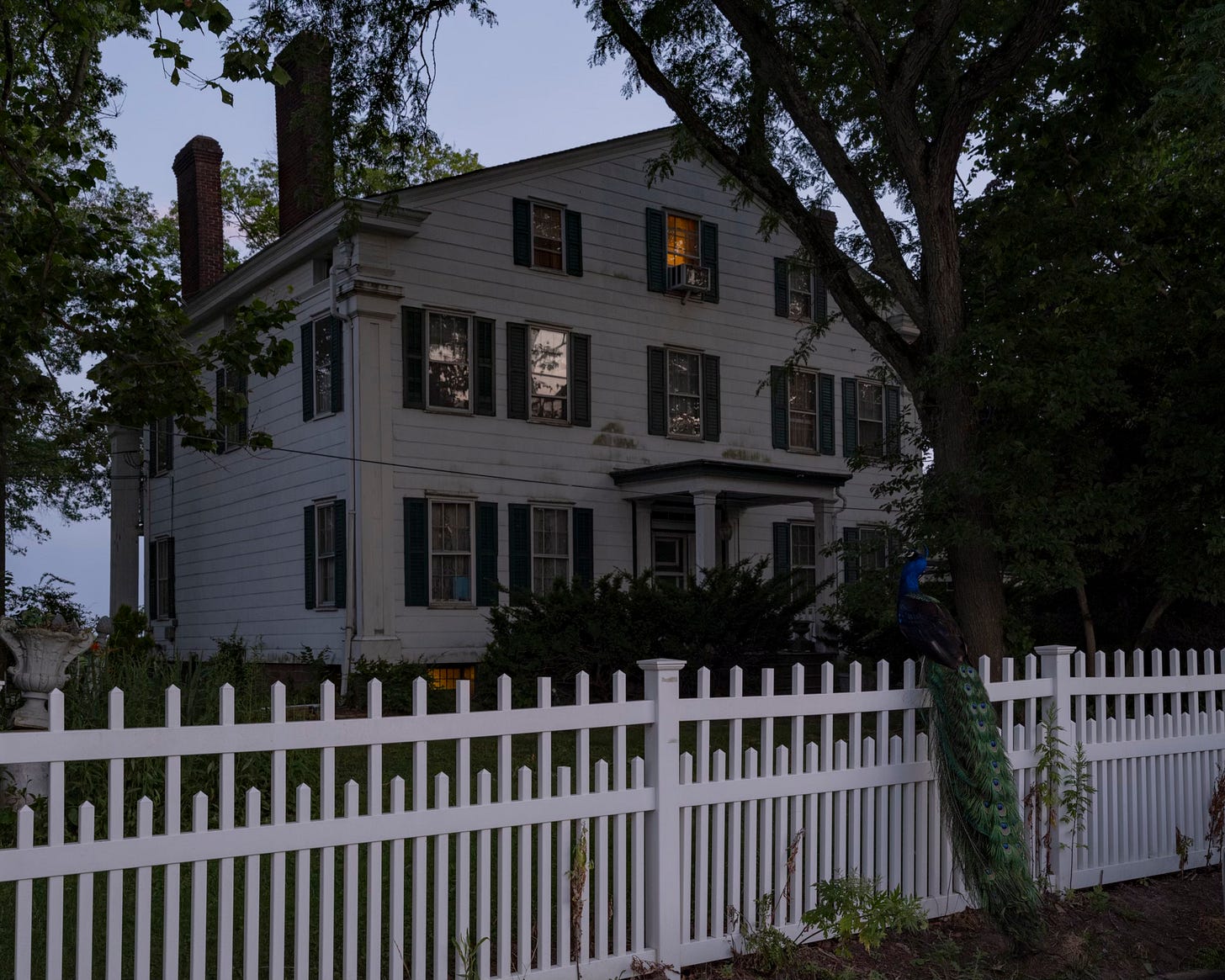




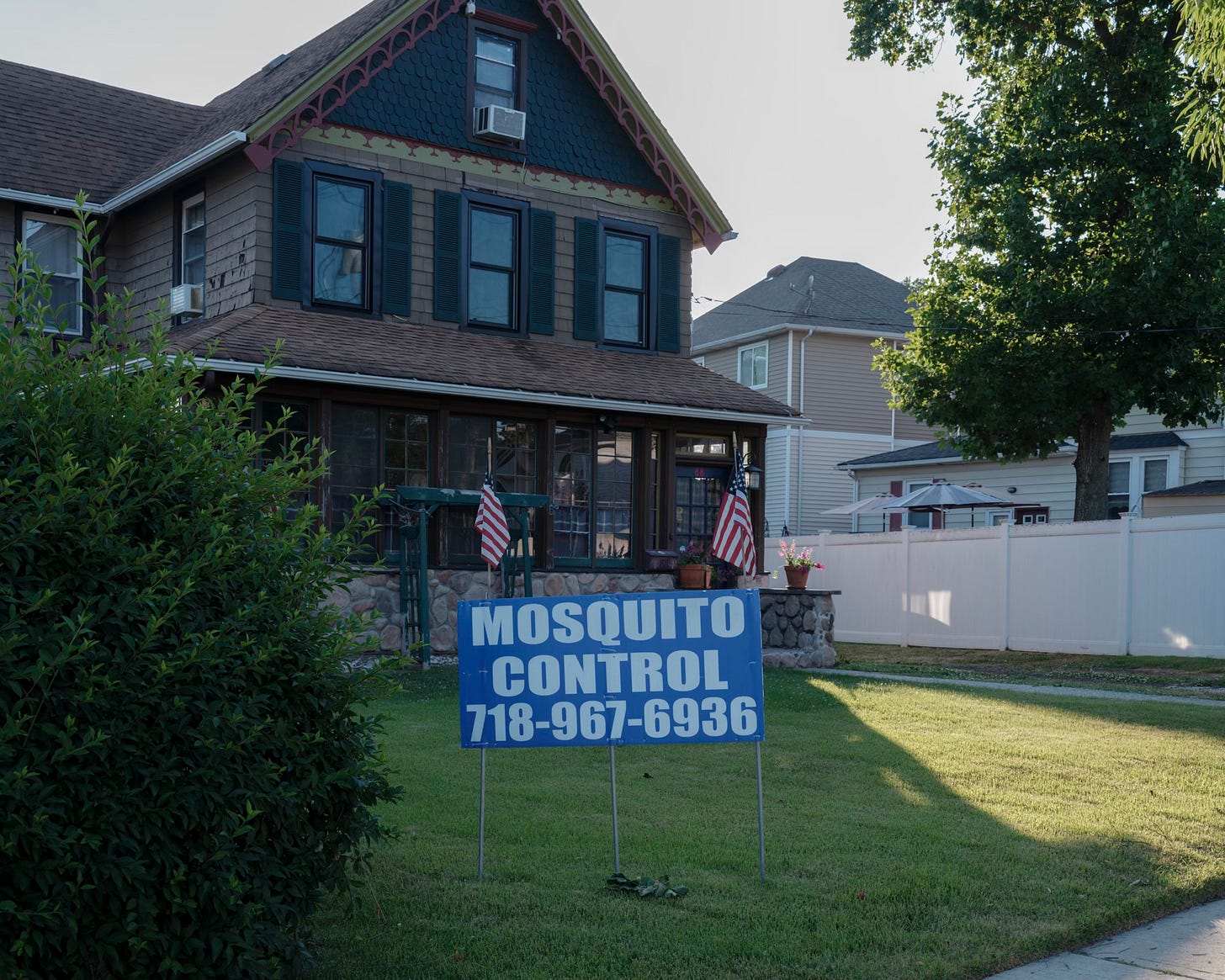
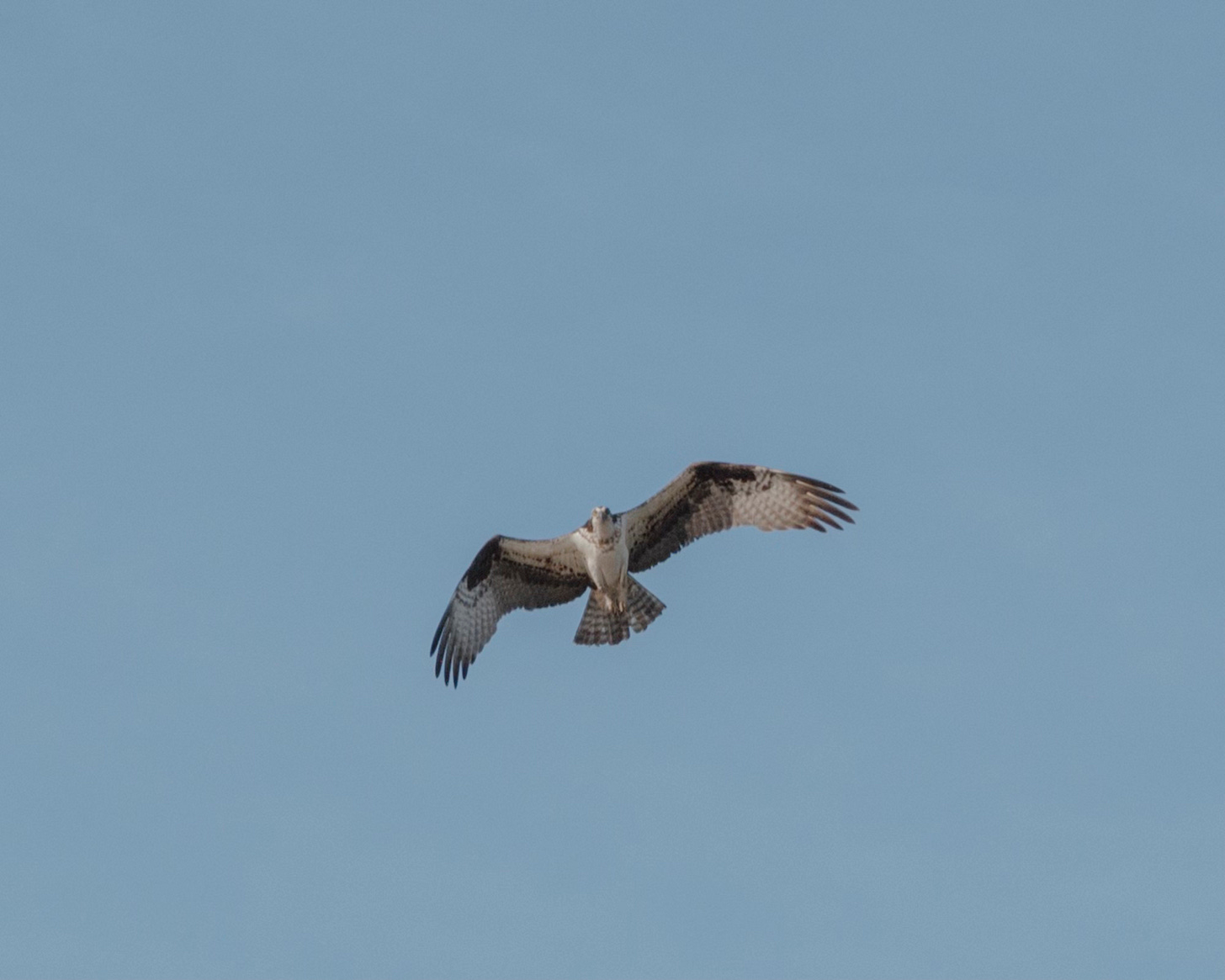
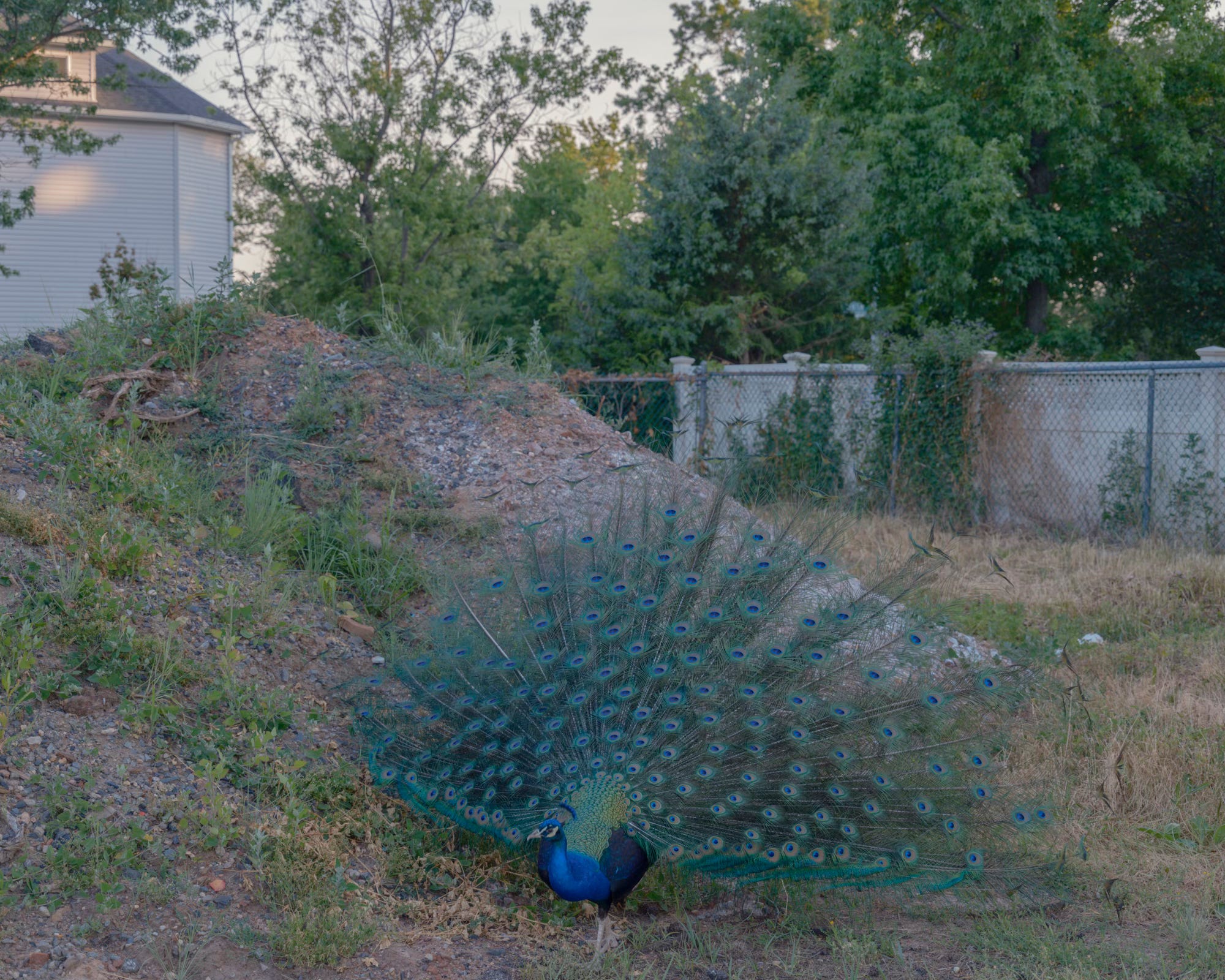

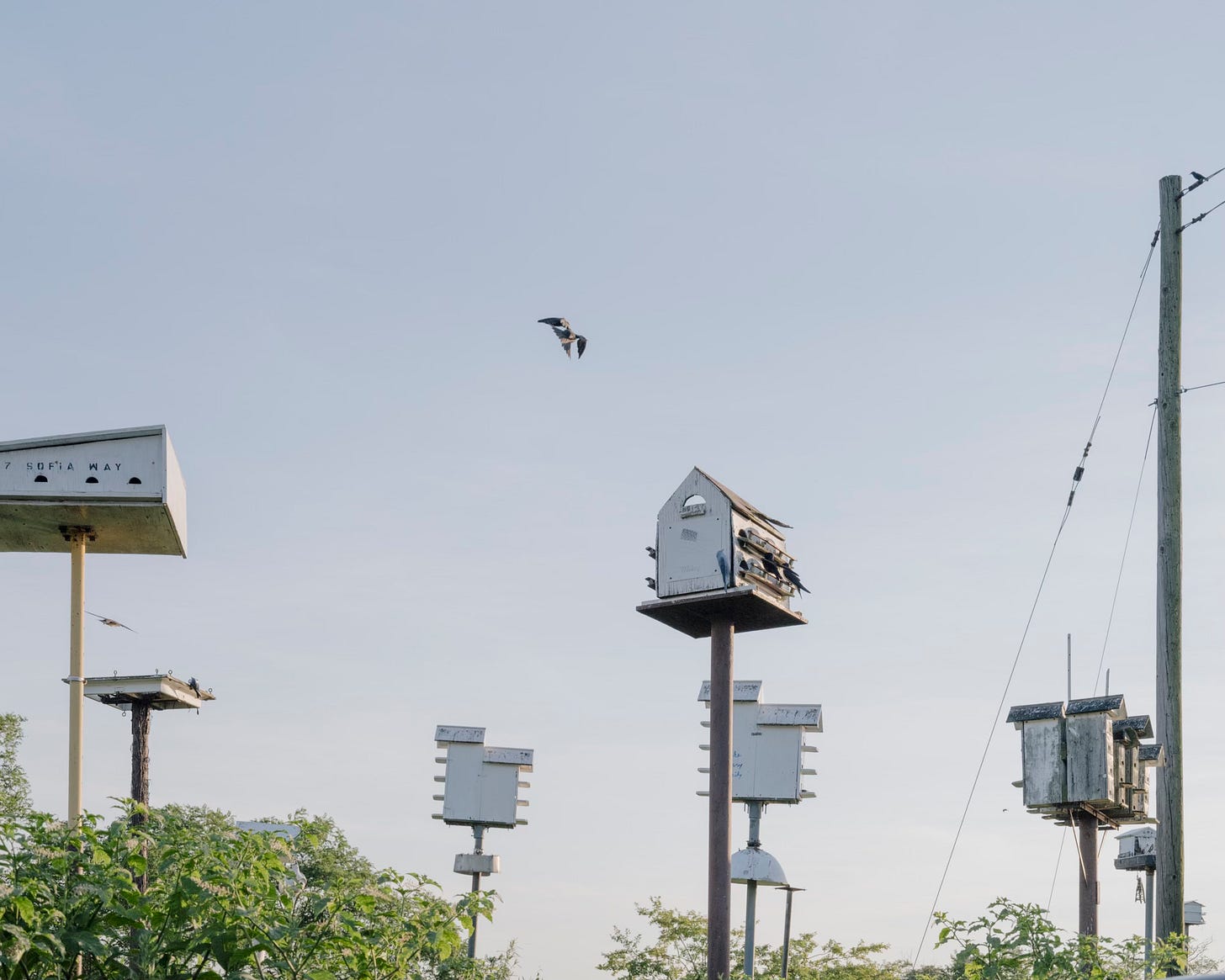


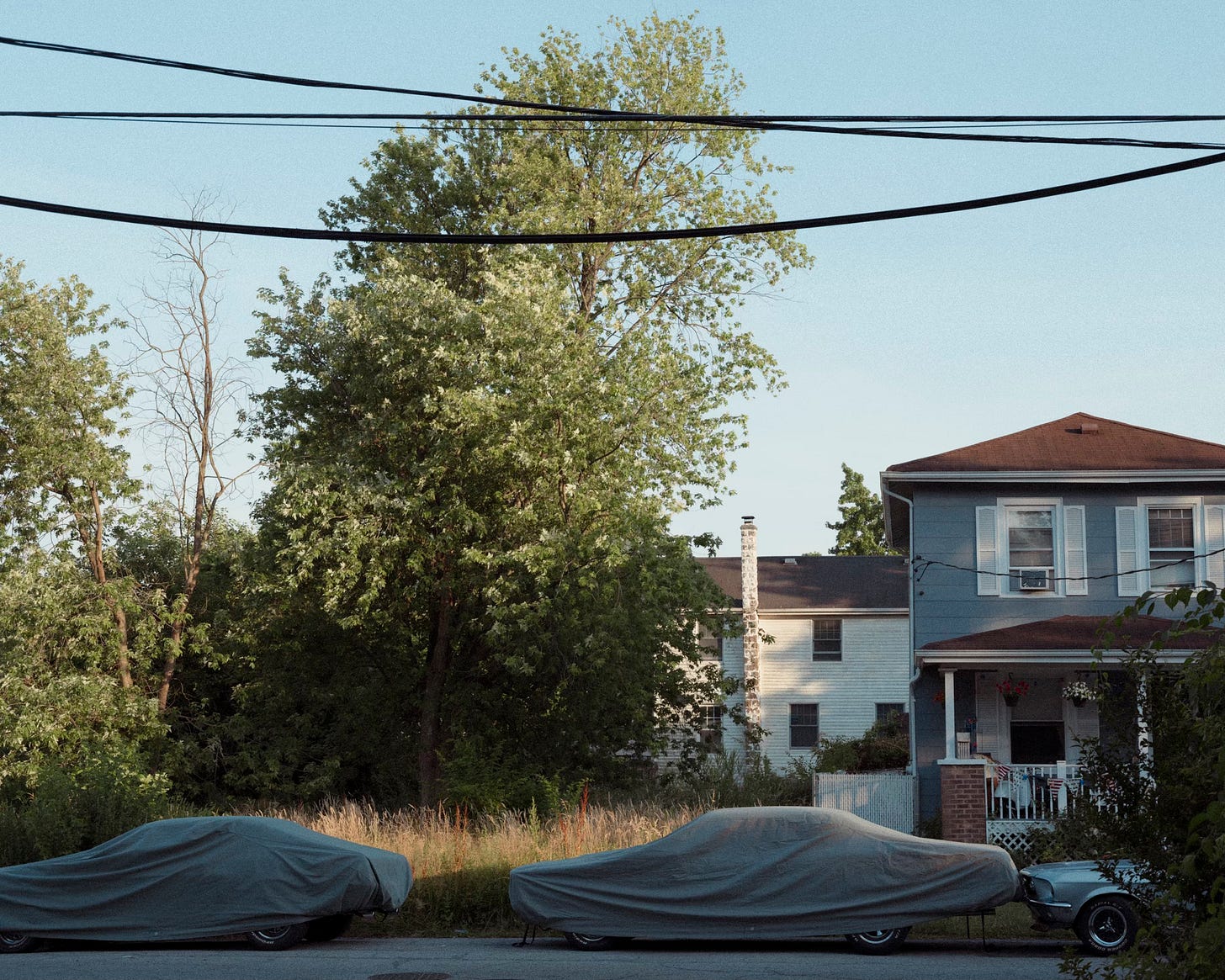
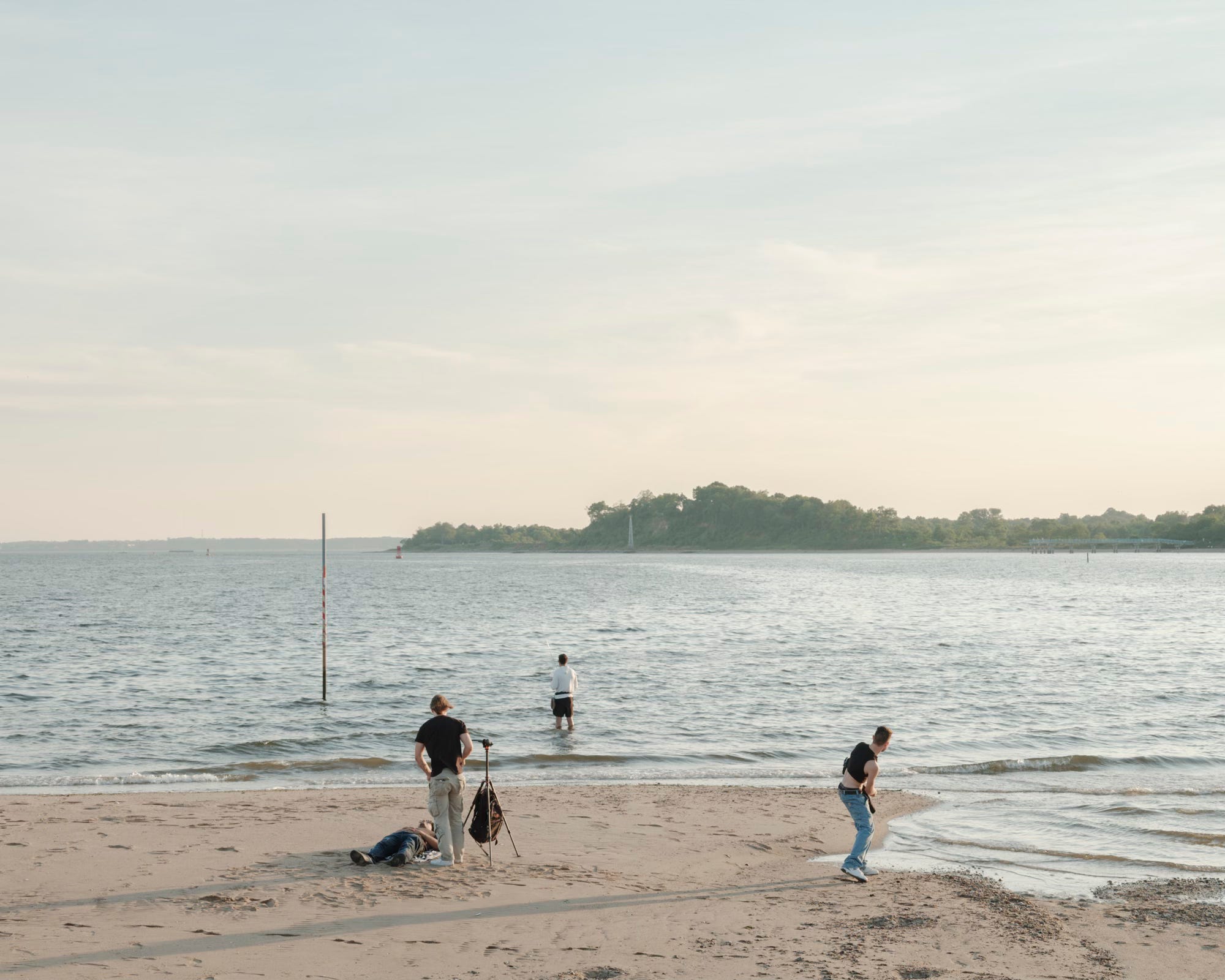
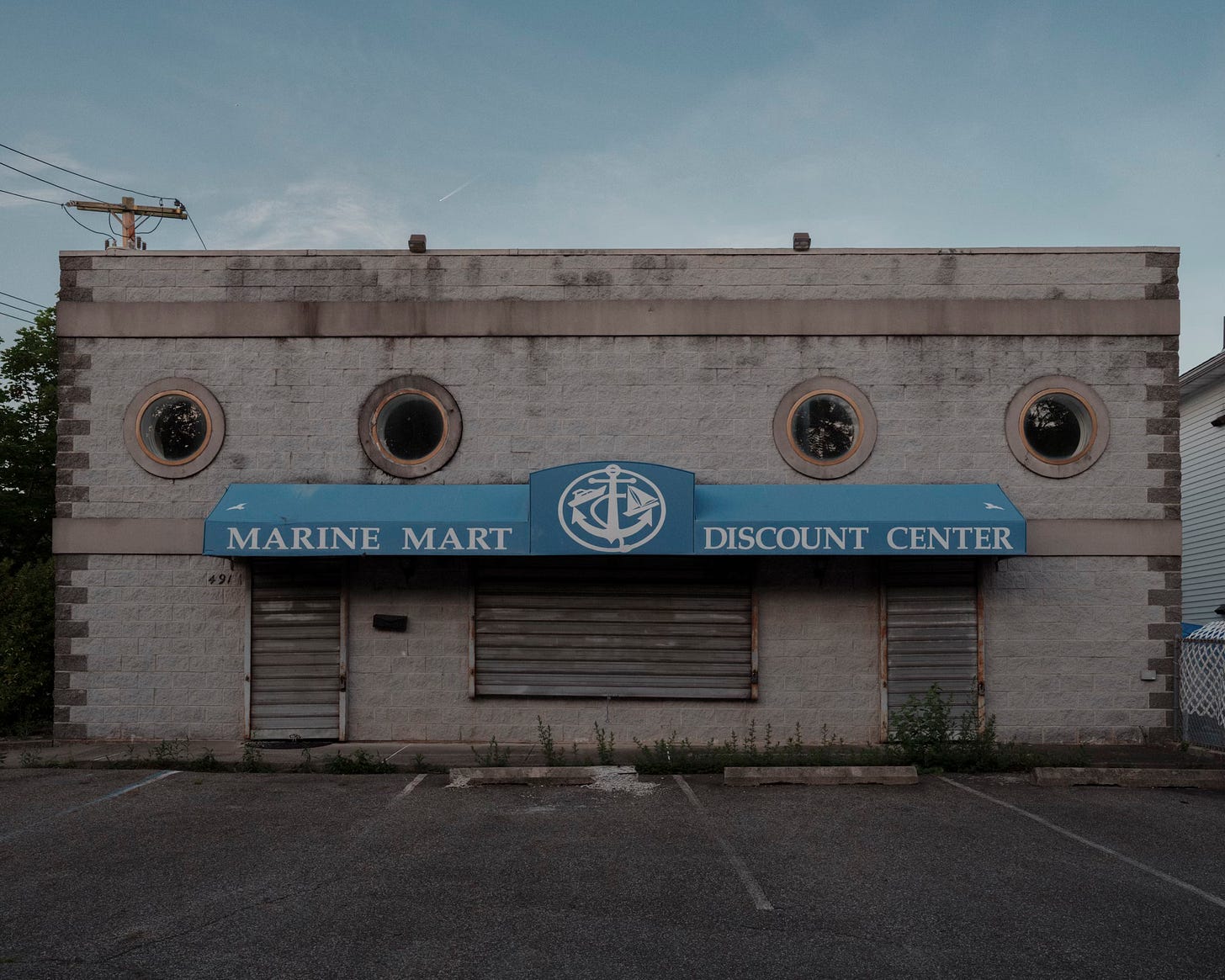
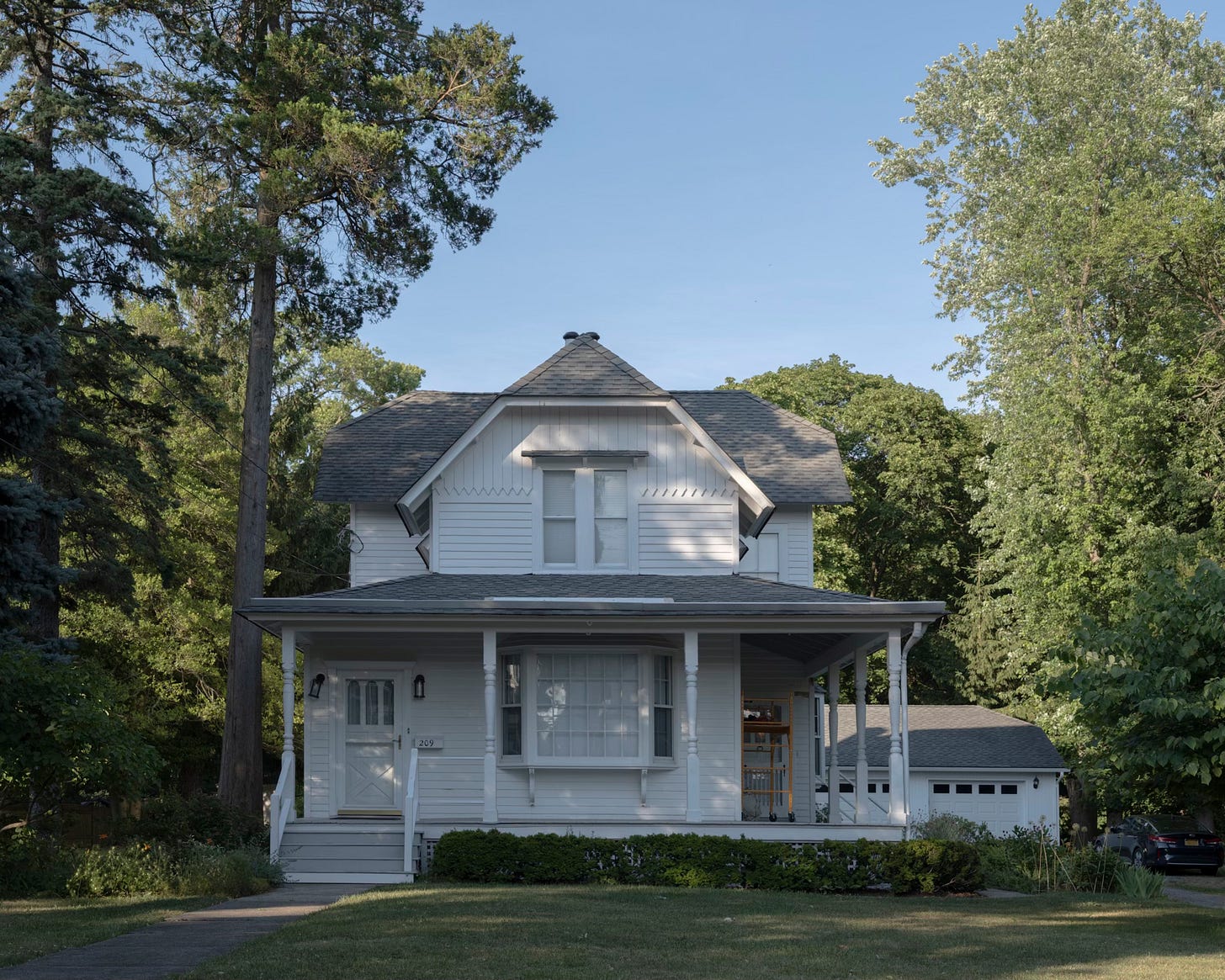
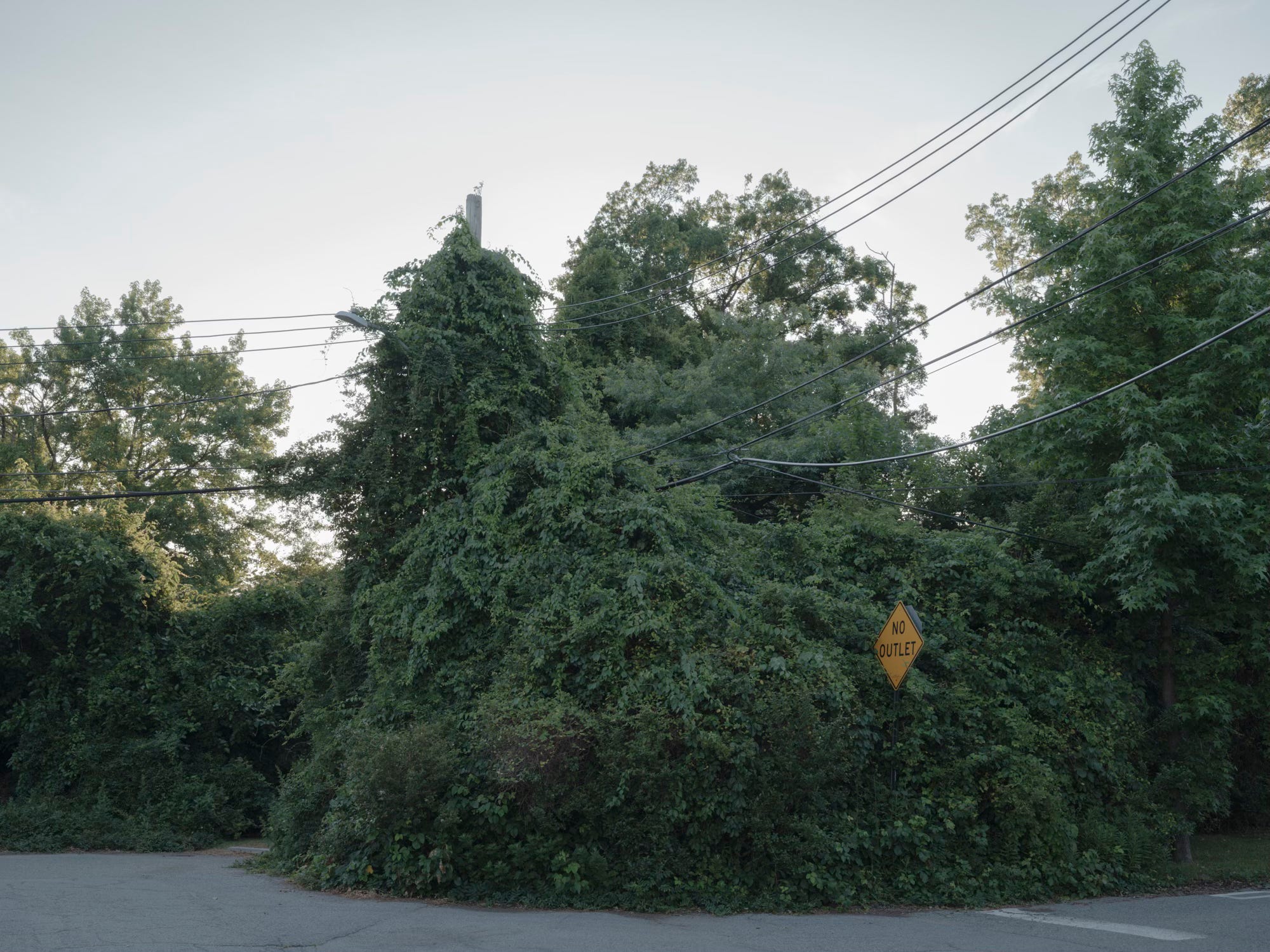


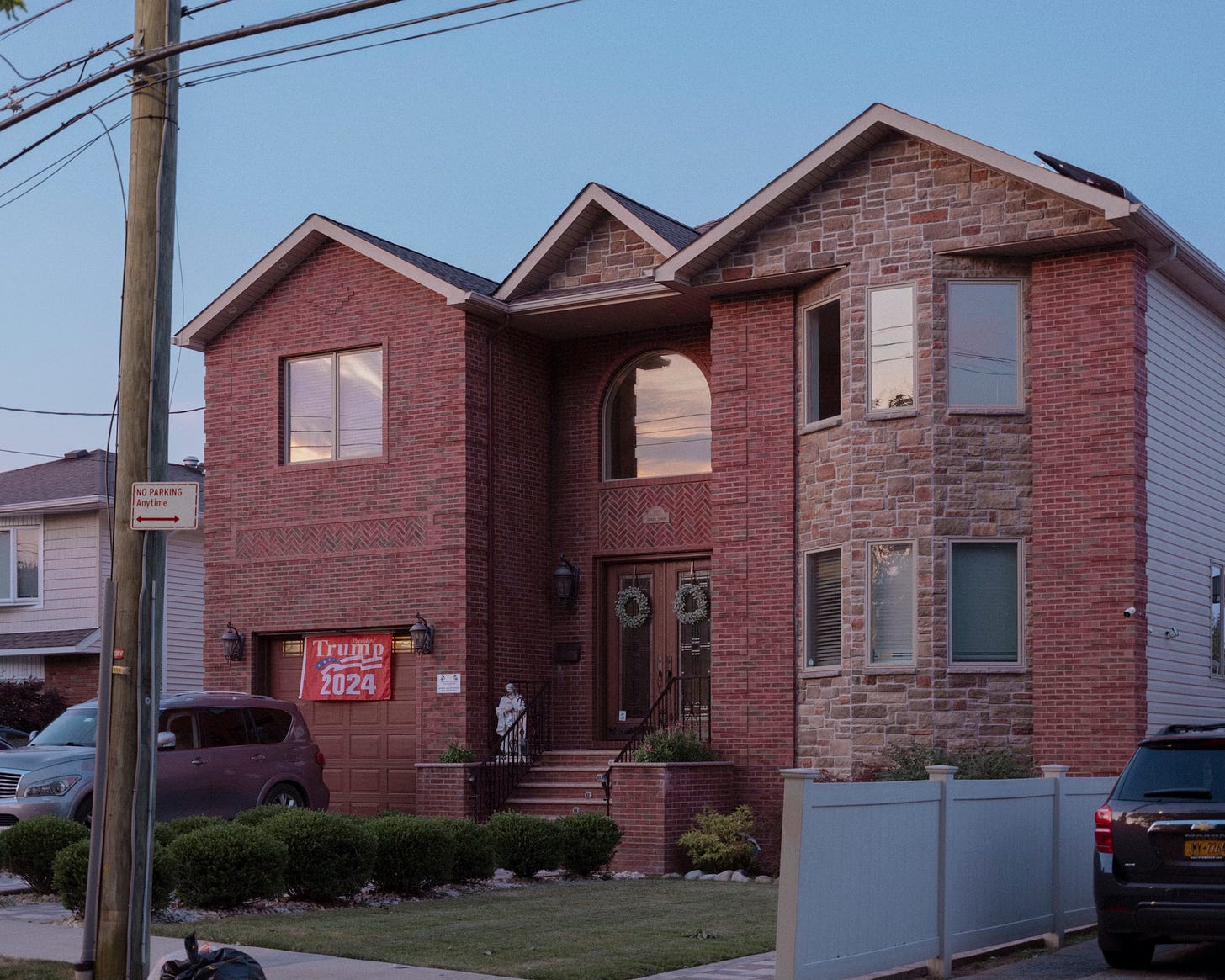
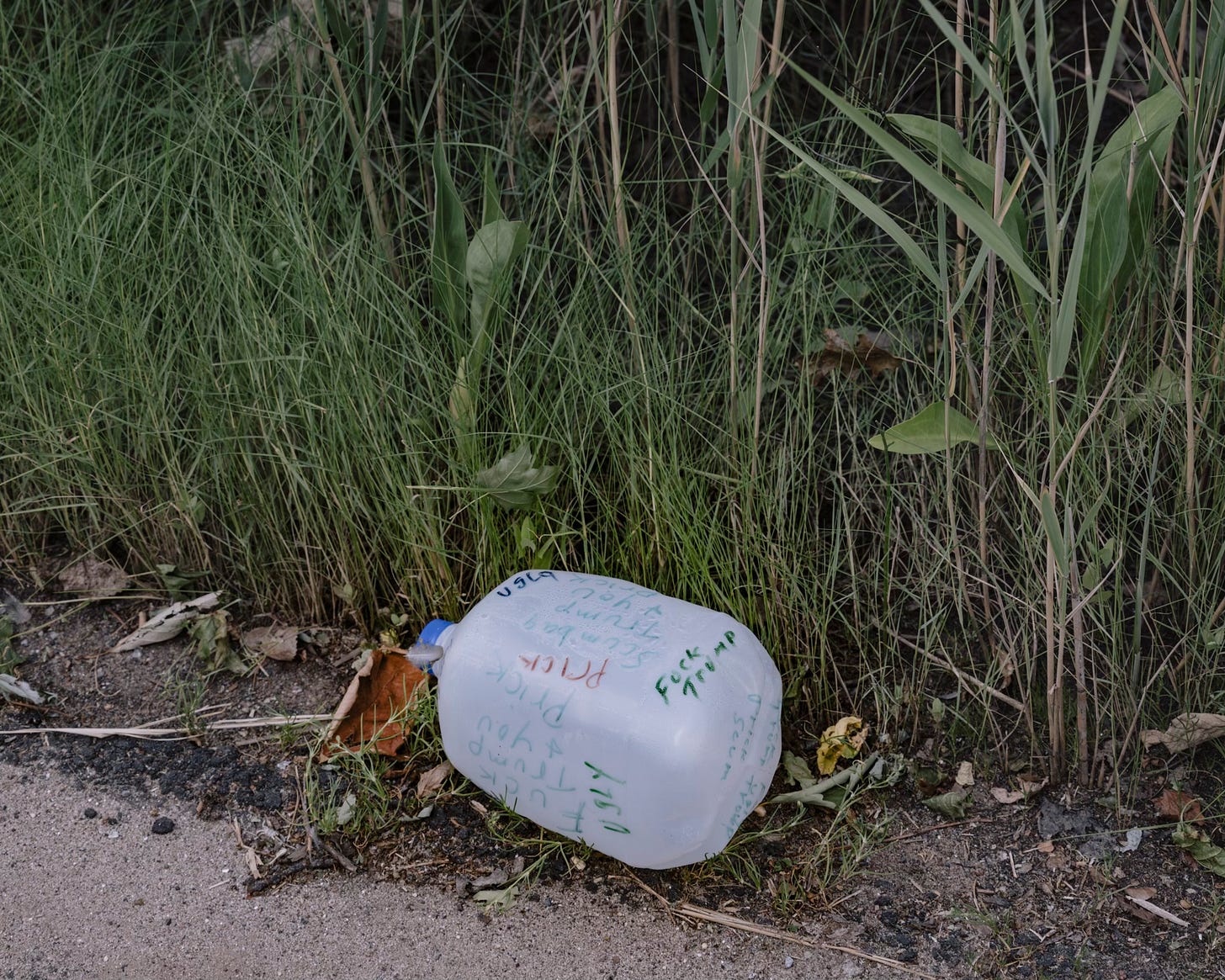
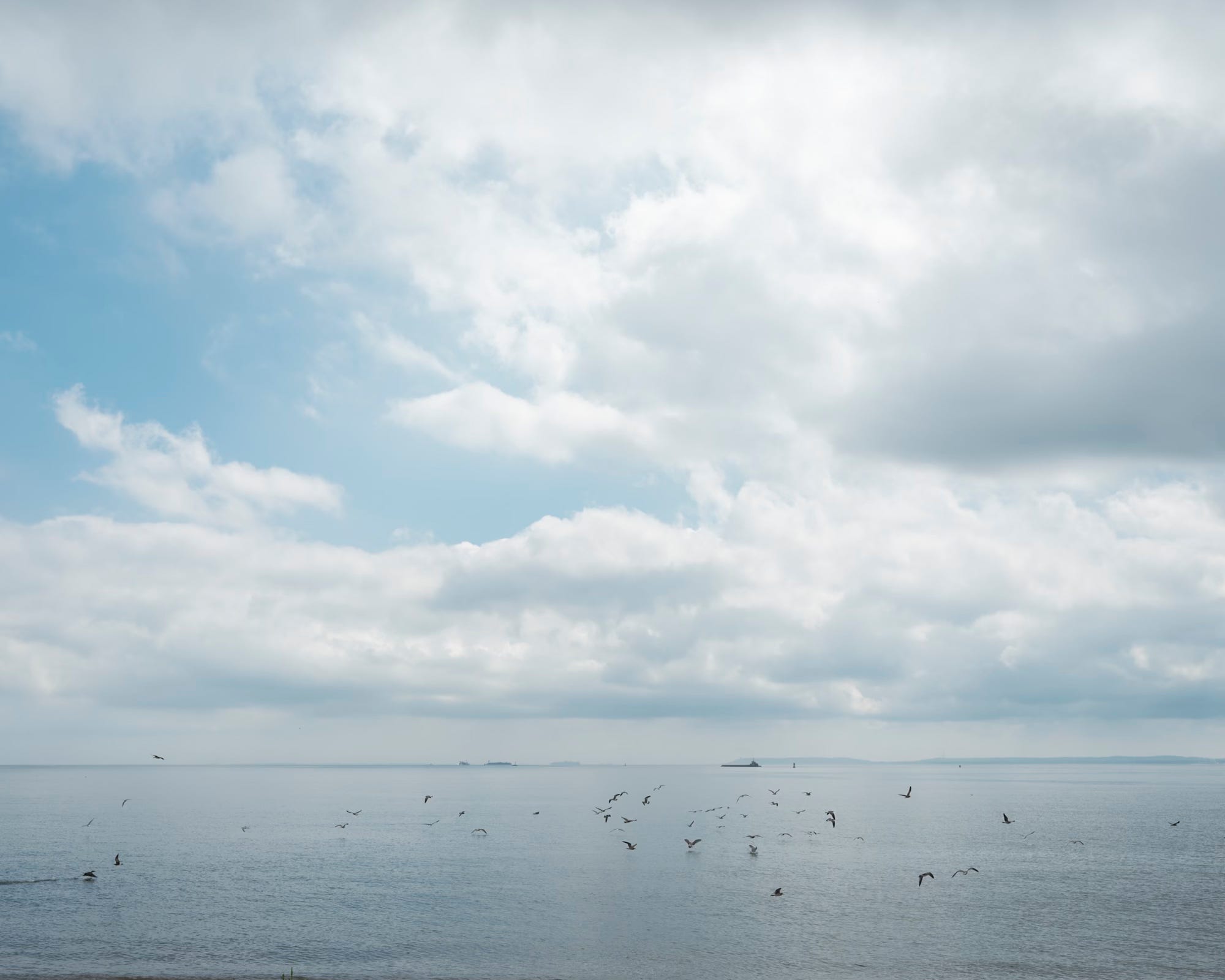


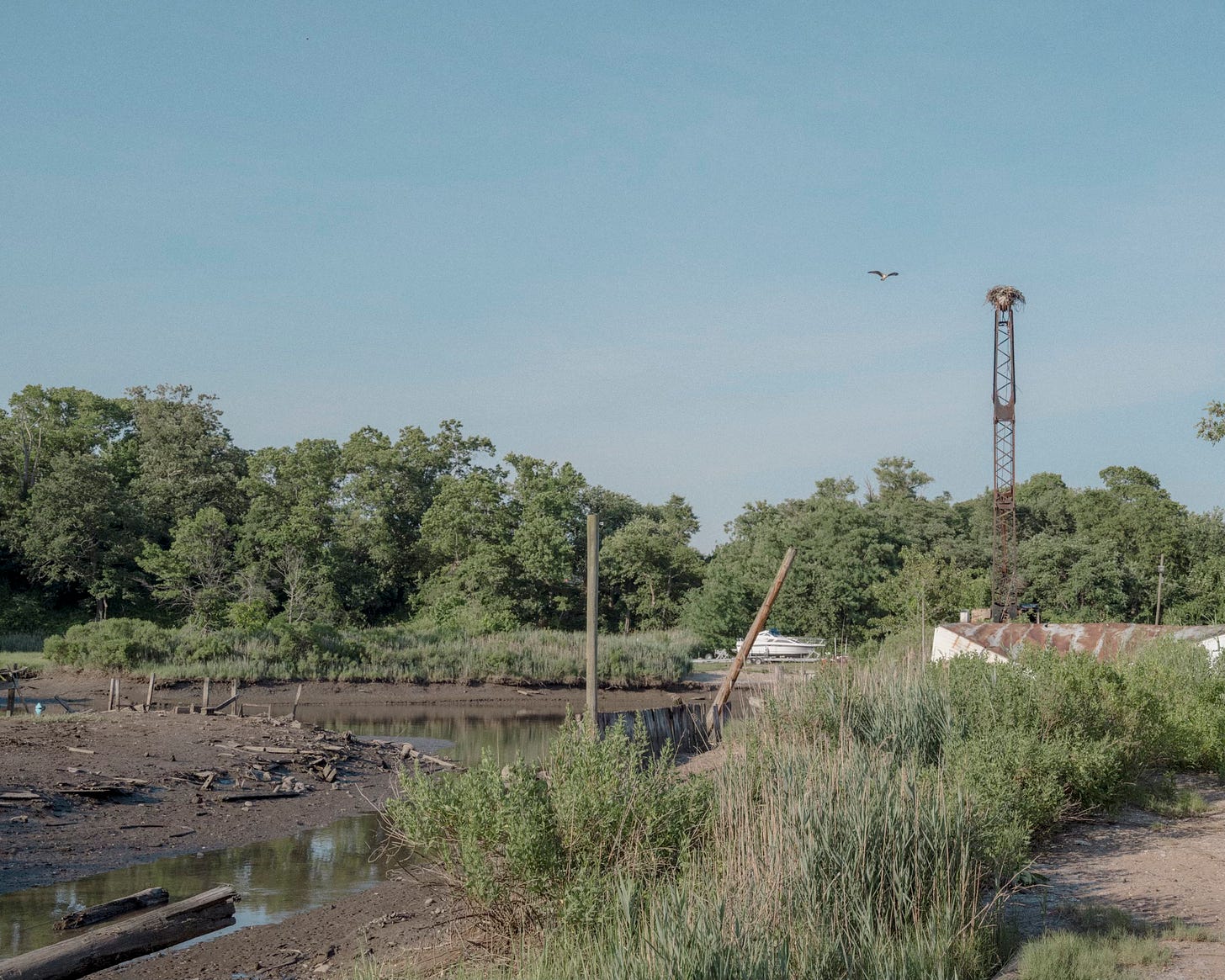
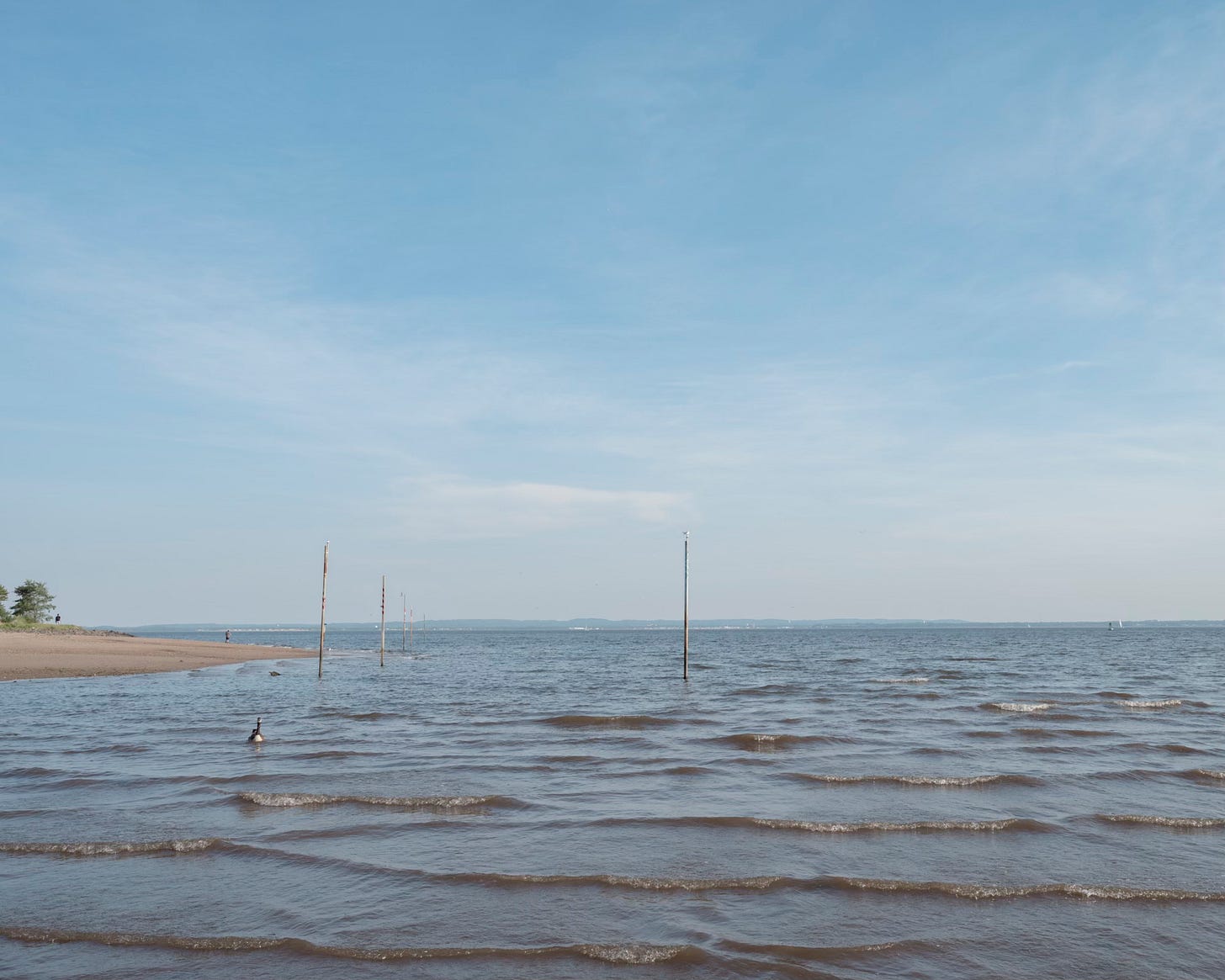
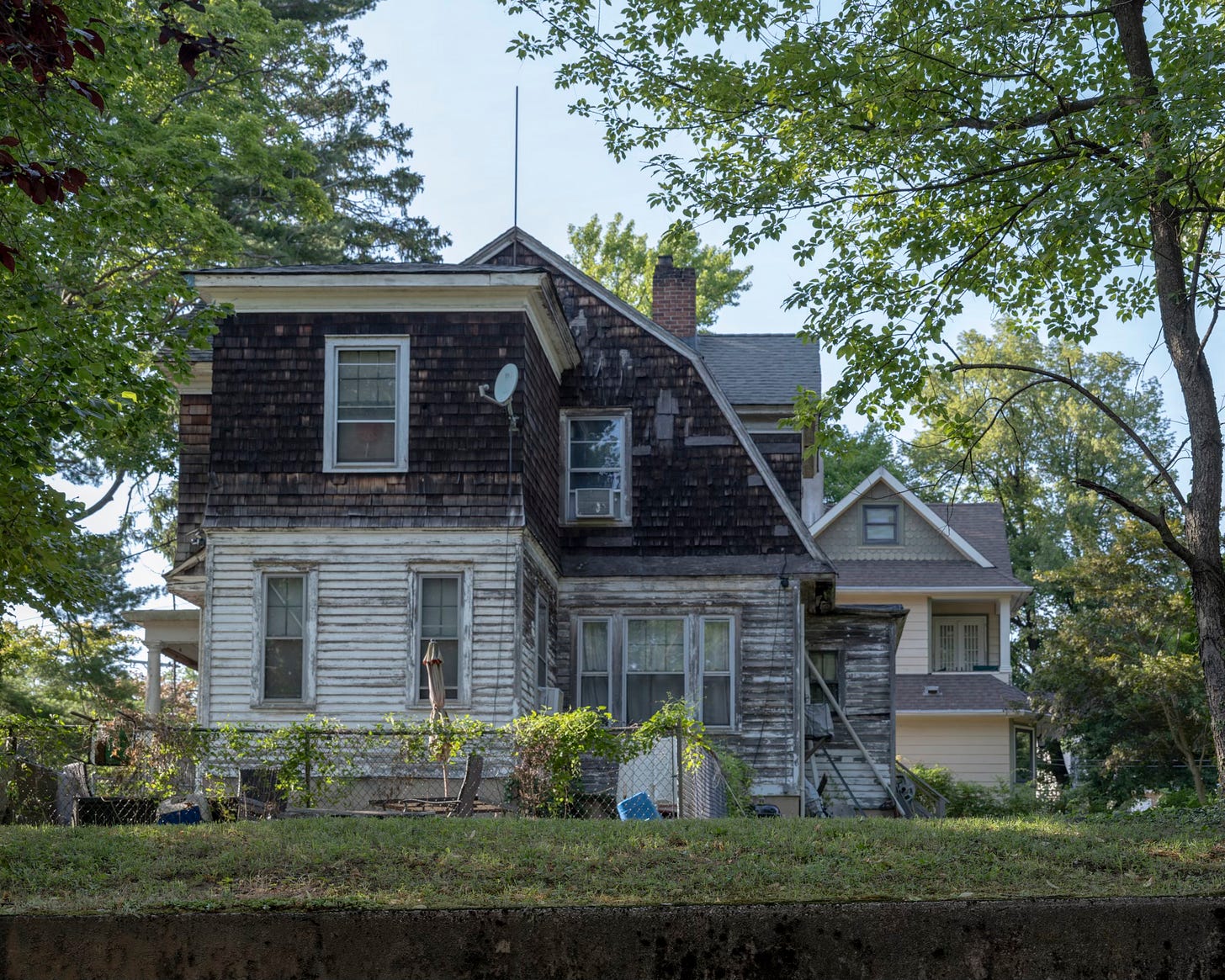

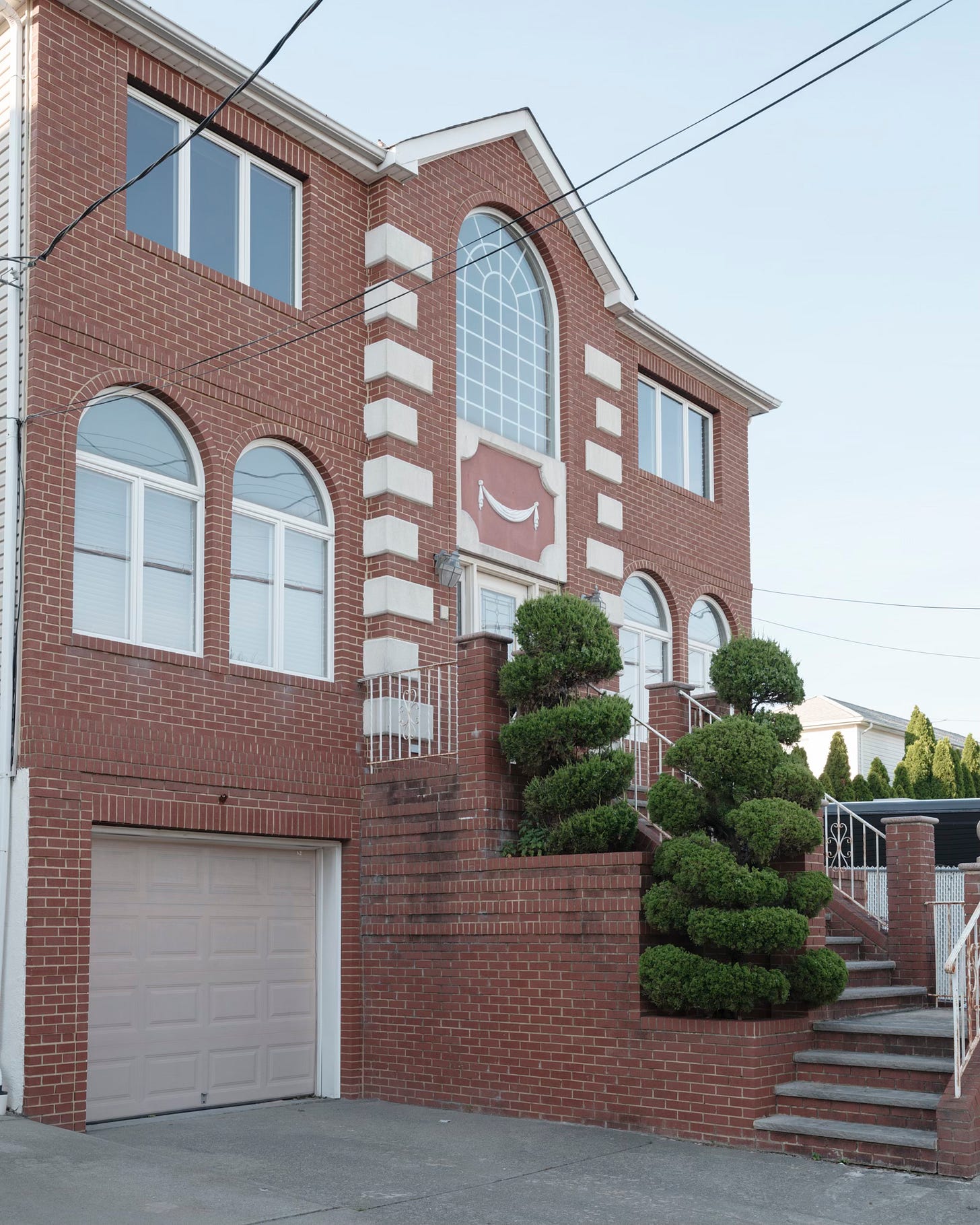
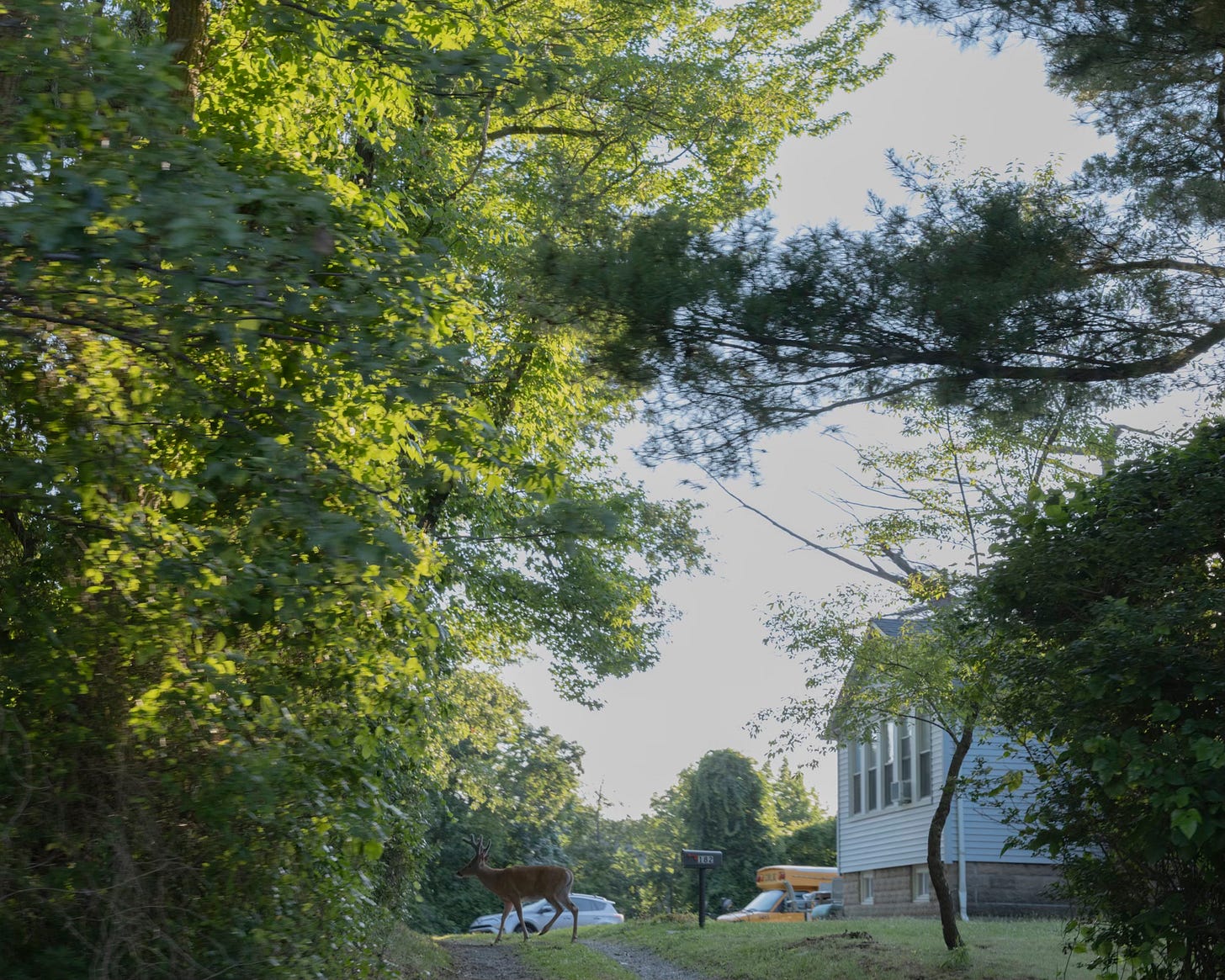
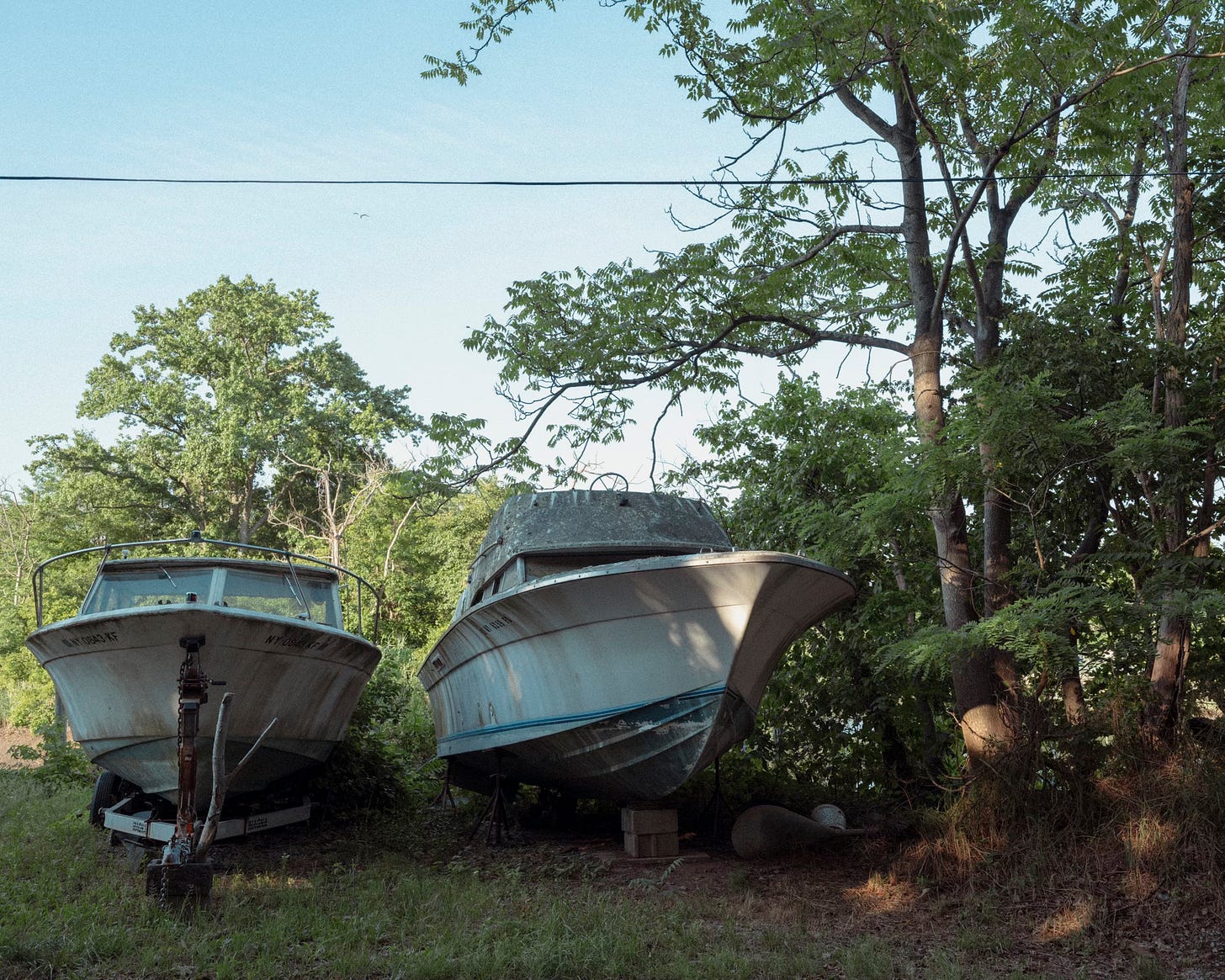
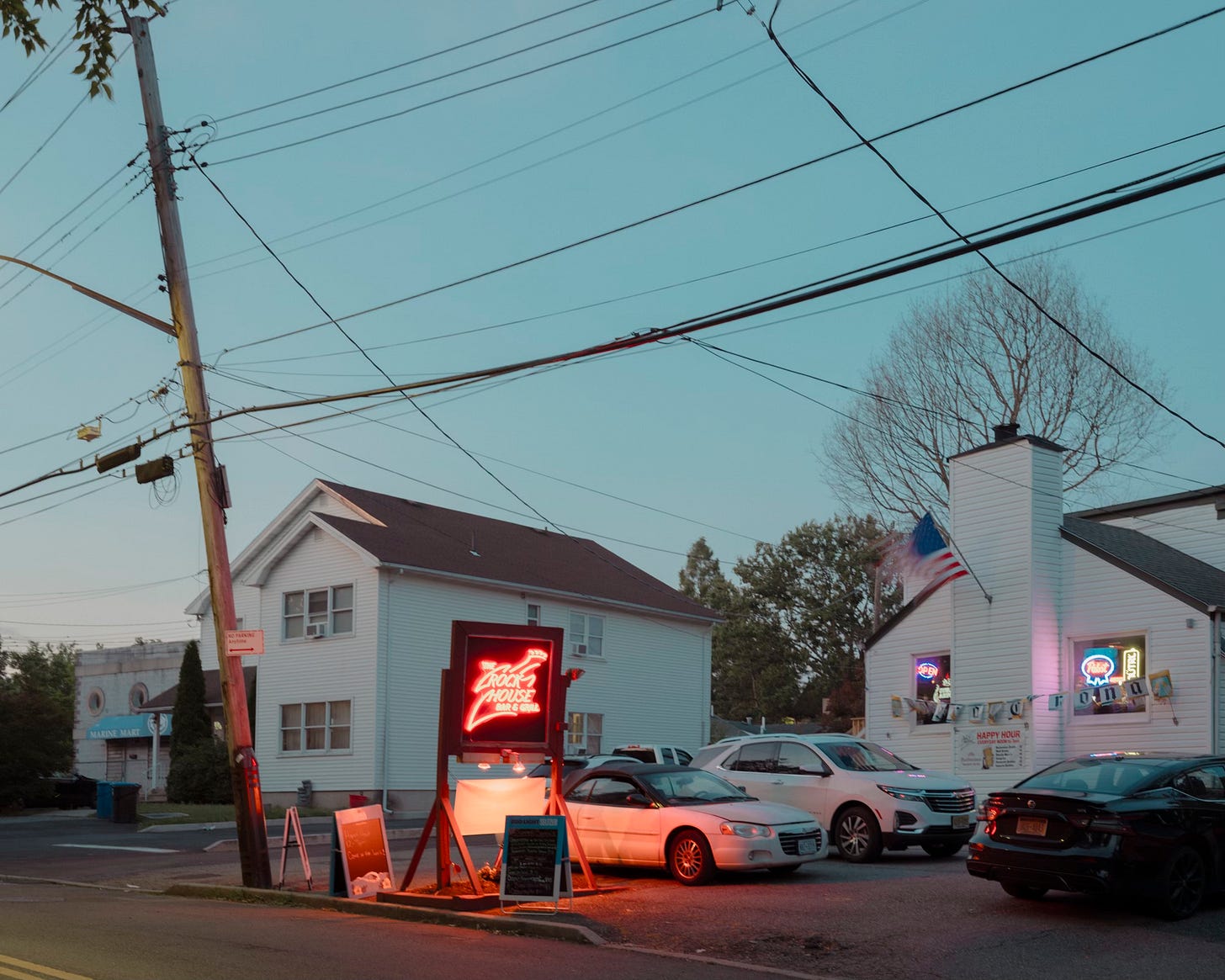


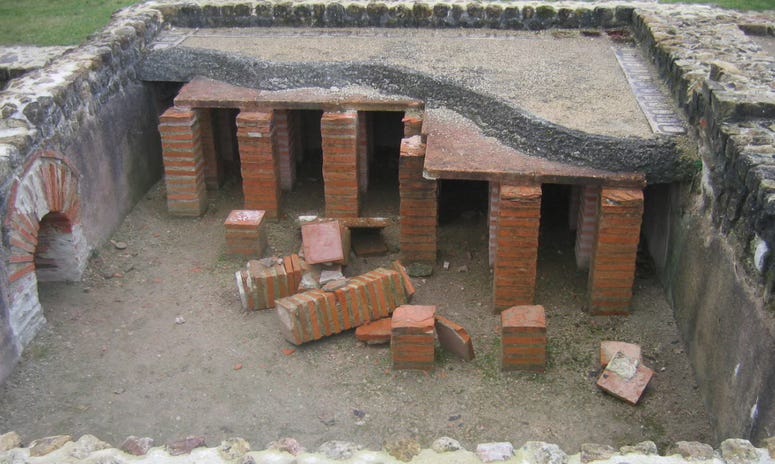

Ornithological Ibiza! I love it.
Okay, Weirdest Building History of All Time Award goes to the former Seguine palm oil plant.